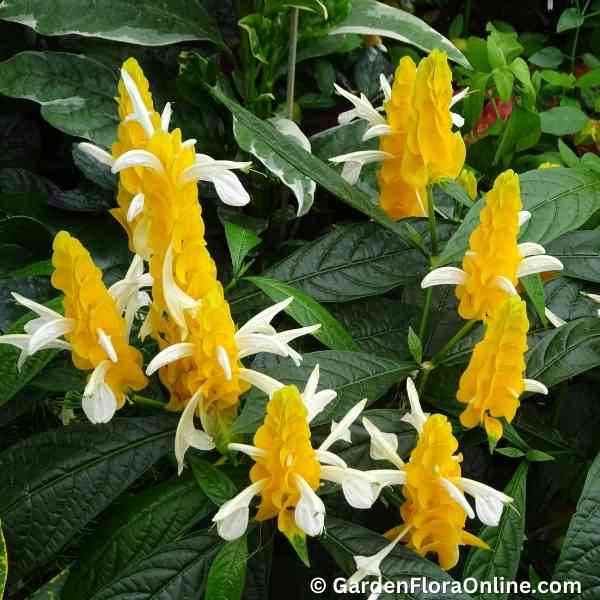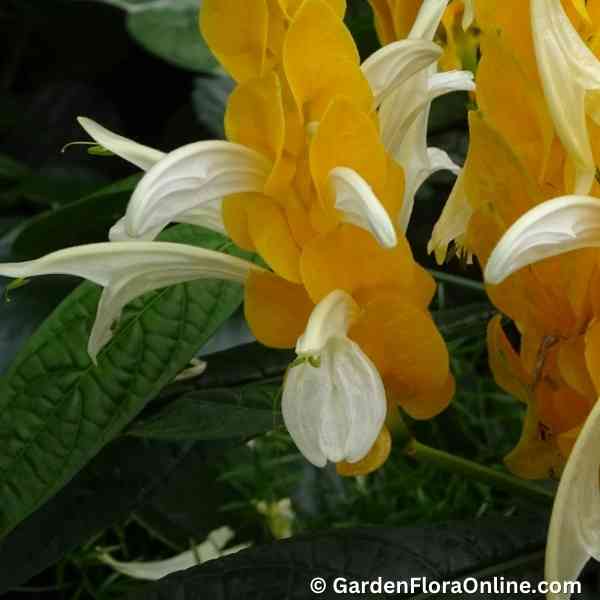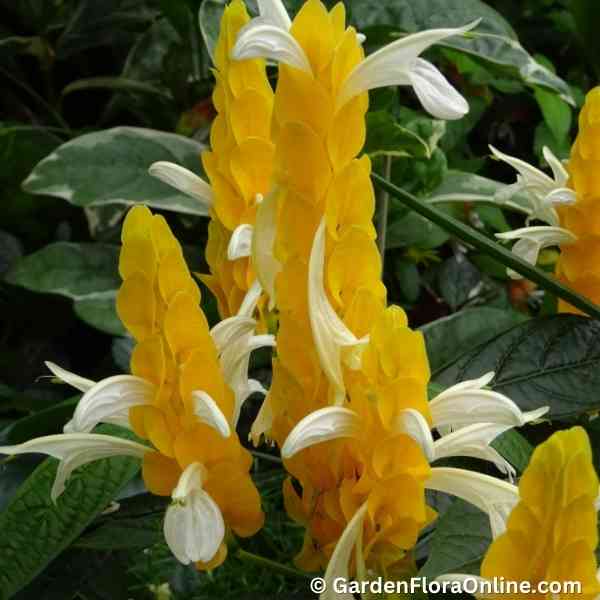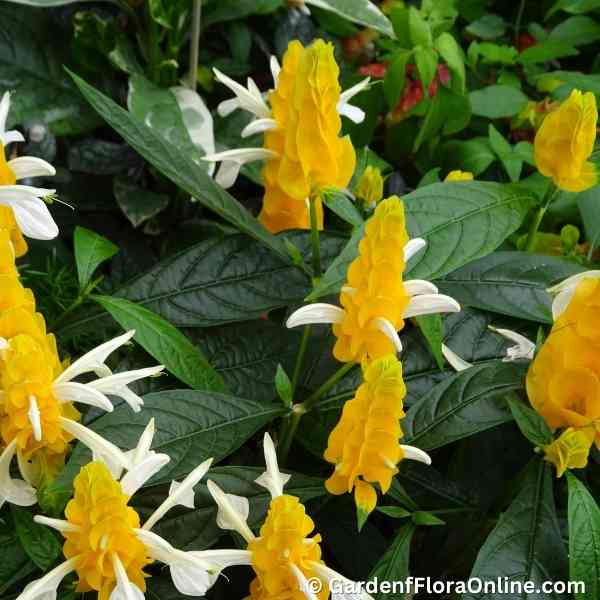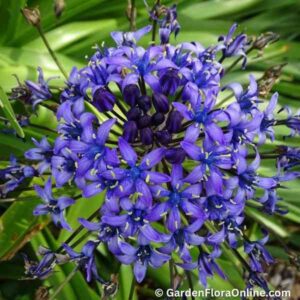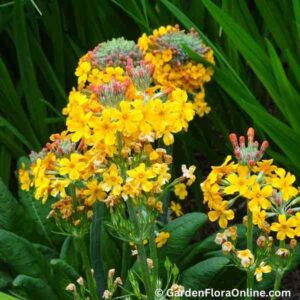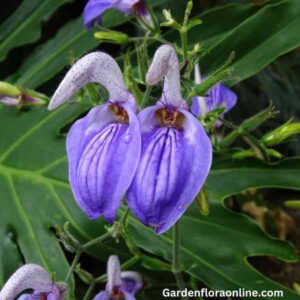Pachystachys lutea (Golden Shrimp Plant)
This tropical evergreen shrub or subshrub typically reaches a height of 60–180 cm in its native environment. However, when cultivated in containers in areas like St. Louis, it remains much smaller, usually growing to around 30–45 cm tall. The plant produces narrow, tubular, two-lipped white flowers, which are partially encased by vibrant golden yellow bracts. These bracts form overlapping layers that create the dominant structure and color of the plant’s four-sided flower clusters. The bracts resemble the scales of a shrimp, which is why the plant is commonly known as the shrimp plant. While it blooms year-round in its native habitat, it primarily flowers in the summer in St. Louis. Its appearance is quite similar to the Justicia species. The plant also has lance-shaped to elliptical, medium green leaves, which can grow up to 15 cm long and are prominently veined.
Cultivation: Cultivate this plant as a summer annual in the garden, in containers that can be brought indoors for the winter, or as an indoor houseplant. When planted in the ground, it requires moist, nutrient-rich, well-draining soil and full sunlight, though it can tolerate partial shade. For houseplants, the ideal environment is warm, humid, and sunny.
Etymology: The genus name Pachystachys is derived from the Greek words pachys, meaning “thick,” and stachys, meaning “spike” referring to the thick, spike-like inflorescences of the plant. The specific epithet lutea comes from the Latin word luteus, meaning “yellow,” referring to the plant’s bright yellow bracts.

